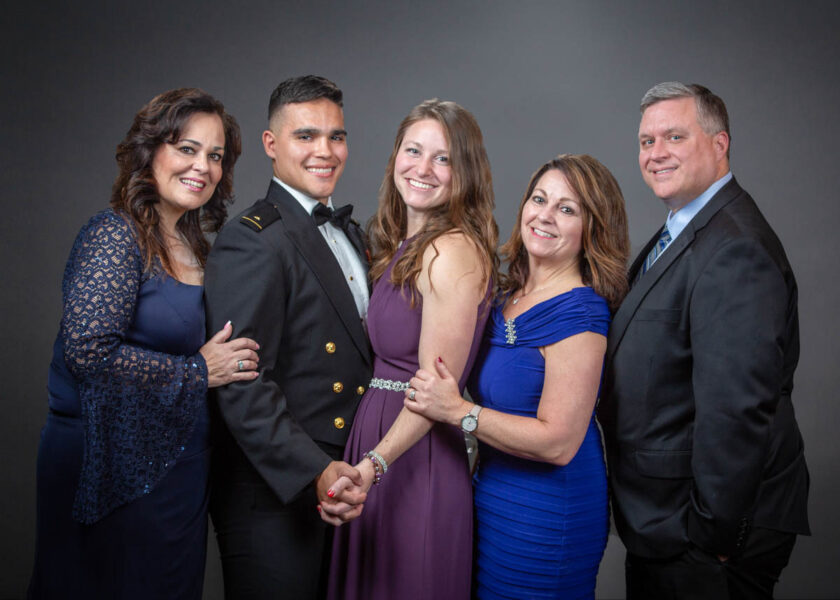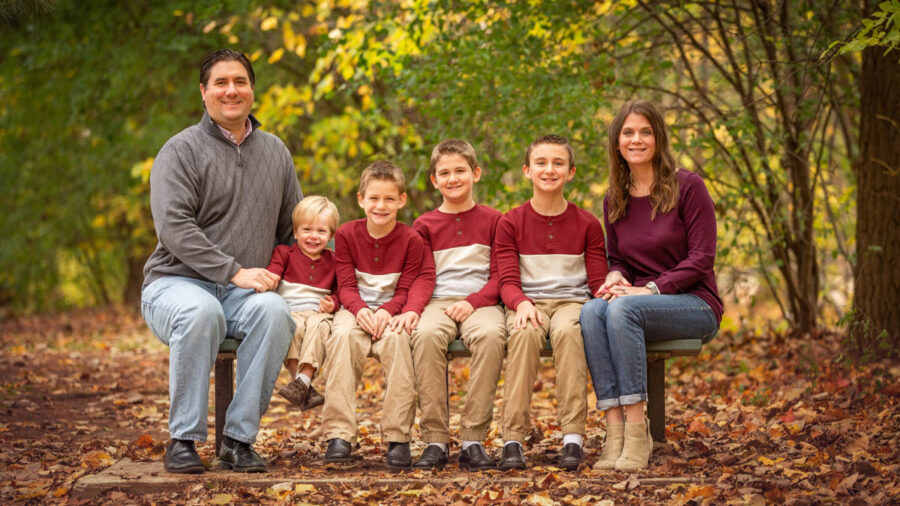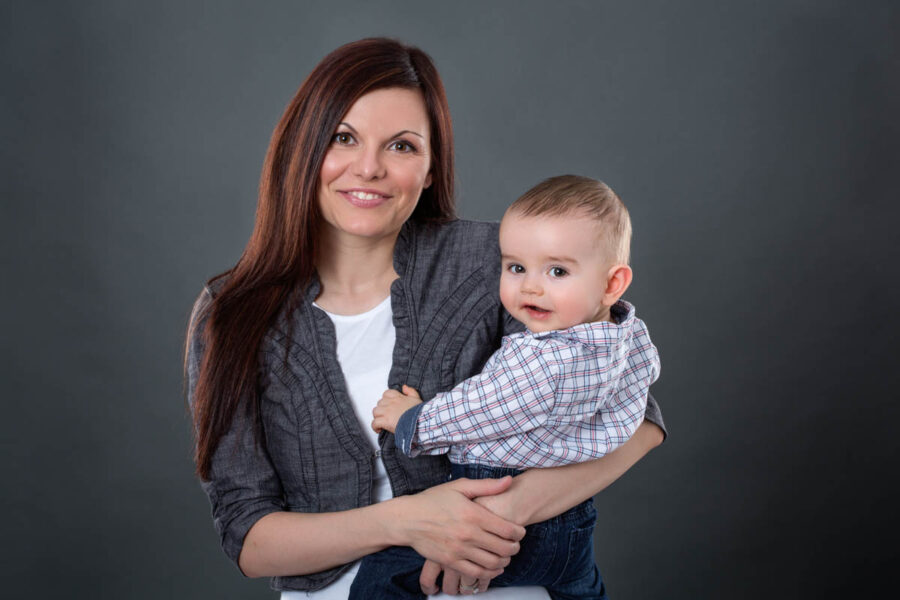Welcome to the art of capturing the essence of individuals through the lens. Mastering portrait photography is not just about snapping a picture, but about understanding the intricate dynamics between photographer, subject, and environment. Whether you’re a budding amateur eager to learn how to be a good portrait photographer or a seasoned pro looking to refine your craft, the journey to excellence is both challenging and rewarding.
At Hugh Anderson Photography, we specialize in creating stunning and professional headshots and portrait photography that resonate with personality and style. Our services, based in Oakland County Michigan, extend to family portraits, high school seniors, and event photography, capturing those irreplaceable moments with flair and precision.
If you’re ready to explore the depths of portrait photography and learn the secrets that make a photograph stand out, you’ve come to the right place. Let’s embark on this creative adventure together. For inquiries or to book a session, pop over to the Contact Page.
Essential Techniques for Professional Portrait Photographers

To excel in portrait photography, one must master certain techniques that are essential to the craft. Professional portrait photographers rely on a blend of technical skill and creative intuition to produce compelling images. A deep understanding of camera settings, such as aperture, shutter speed, and ISO, is fundamental. These settings affect the depth of field, motion blur, and exposure, which are critical elements in portrait photography.
Lighting is another cornerstone of professional work. The interplay of light and shadow can dramatically alter the mood and impact of a portrait. Soft, diffused light often flatters subjects, while harsher light can create a bold, high-contrast look. Photographers must also pay close attention to composition and framing, as these can guide the viewer’s eye and emphasize the subject’s best features.
Moreover, the ability to direct and pose subjects is invaluable. A good photographer can help people feel at ease, which is often reflected in the final image. Whether it’s a subtle tilt of the head or a full-body pose, the way a subject is positioned can make or break a portrait. Lastly, post-processing skills such as color grading, retouching, and cropping are the finishing touches that elevate a good photo to a great one.
By honing these essential techniques, photographers can ensure that each portrait captures the unique personality and essence of their subject, making every shot a testament to their professional expertise.
Creating Connection: The Key to Captivating Portraits

At the heart of portrait photography lies the ability to create a connection between the subject and the viewer. This emotional bridge is what turns a simple photograph into a captivating portrait. Establishing a rapport with the subject is paramount, as it enables the photographer to capture more natural and expressive poses. Engaging in conversation, sharing stories, or playing music can help subjects relax and reveal their true selves in front of the camera.
Authenticity is the key to creating portraits that resonate. When subjects are comfortable, their genuine emotions and personalities shine through. This requires patience and sensitivity from the photographer, who must be attentive to subtle cues and ready to capture fleeting expressions. Eye contact, or the intentional lack thereof, can also convey a range of emotions and add depth to a portrait.
Understanding the subject’s personal style, interests, and background can inform the choice of setting, props, and poses that reflect their individuality. By focusing on the unique stories that each person brings to the session, photographers can craft images that are not only visually striking but also rich in narrative.
Ultimately, it is the relationship between the subject and the photographer that fuels the creation of powerful portraits. It’s a collaborative process that, when done right, results in images that are as memorable as they are beautiful.
Lighting Mastery for Stunning Portrait Photography
Lighting is a fundamental aspect of portrait photography that can dramatically affect the mood, atmosphere, and quality of the final image. Mastering lighting techniques allows photographers to sculpt the subject’s features, highlight their best attributes, and create a specific ambiance. The use of soft, diffused lighting can flatter the subject’s skin, reduce harsh shadows, and bring a gentle, inviting feel to the portrait.
Understanding the direction and quality of light is essential. Front lighting illuminates the subject evenly, reducing texture and detail, while side lighting accentuates texture and form, adding depth and drama. Backlighting creates a silhouette effect, focusing on the outline of the subject rather than their facial features.
Photographers must also be adept at manipulating natural light conditions or skilfully employing artificial lighting setups. The golden hour—shortly after sunrise or before sunset—offers warm, diffused light that can imbue portraits with a magical quality. Alternatively, studio lights and modifiers such as umbrellas, softboxes, and reflectors give photographers complete control over the lighting environment, enabling them to create consistent results regardless of the time of day or weather conditions.
Each lighting scenario presents its own challenges and opportunities. By continuously experimenting with different lighting arrangements and studying their effects, photographers can develop an intuitive sense of how to use light to convey emotion and tell a story through their portraits.
Composition and Posing for Impactful Portraits
The composition and posing of a subject are critical elements that contribute to the visual impact of a portrait. A strong composition draws the viewer’s eye to the most important part of the image—the subject—and can evoke a powerful emotional response. Photographers must consider the rule of thirds, leading lines, and framing to create a balanced and engaging portrait. By placing the subject off-center, in line with the rule of thirds, a more dynamic and natural feel is often achieved.
Posing, on the other hand, is about more than just the placement of limbs; it’s about expressing the subject’s personality and creating a certain mood. Effective posing can convey confidence, relaxation, playfulness, or any number of emotions. It is the photographer’s responsibility to guide their subjects into poses that look natural, are flattering, and reflect their persona. A slight tilt of the head, a natural bend in the arm, or even the direction of the gaze can drastically alter the feel of the portrait.
Photographers should also be mindful of the subject’s environment. Incorporating elements of the surroundings can add context and depth to the story being told. Whether it’s a simple backdrop in the studio or a vibrant street scene, the setting should complement the subject and not distract from them.
Through a combination of thoughtful composition and strategic posing, portrait photographers can create compelling images that capture the essence of their subjects. By mastering these skills, they can elevate their work from mere photographs to captivating pieces of art.
Choosing the Right Gear for Pro Portrait Photography


Selecting the appropriate gear is a pivotal step in mastering the art of portrait photography. The camera body, lens choice, and lighting equipment all play significant roles in defining the quality and style of the final portrait. Professional photographers often prefer DSLR or mirrorless cameras with full-frame sensors, as they provide larger image files, better low-light performance, and a wider dynamic range.
Lenses are equally important, and many portrait photographers opt for prime lenses with wide apertures. A 50mm or 85mm lens, for example, offers a flattering perspective and the ability to achieve a shallow depth of field, which beautifully isolates the subject from the background. Moreover, the use of external flashes and reflectors can help control lighting conditions, allowing for the creation of the desired mood and atmosphere in the portrait.
However, investing in high-quality gear is just the beginning. Understanding how to use your equipment to its fullest potential is what truly makes a difference. Constant practice and learning are essential to maximize the capabilities of your gear and to adapt to various shooting scenarios.
If you’re ready to take your portrait photography to the next level and would like to discuss the ideal gear for your specific style and needs, or if you have any questions about our photography services, please Email me at: mail@hughandersonphotography.com. Our team at Hugh Anderson Photography is dedicated to helping you capture stunning portraits that stand the test of time.
